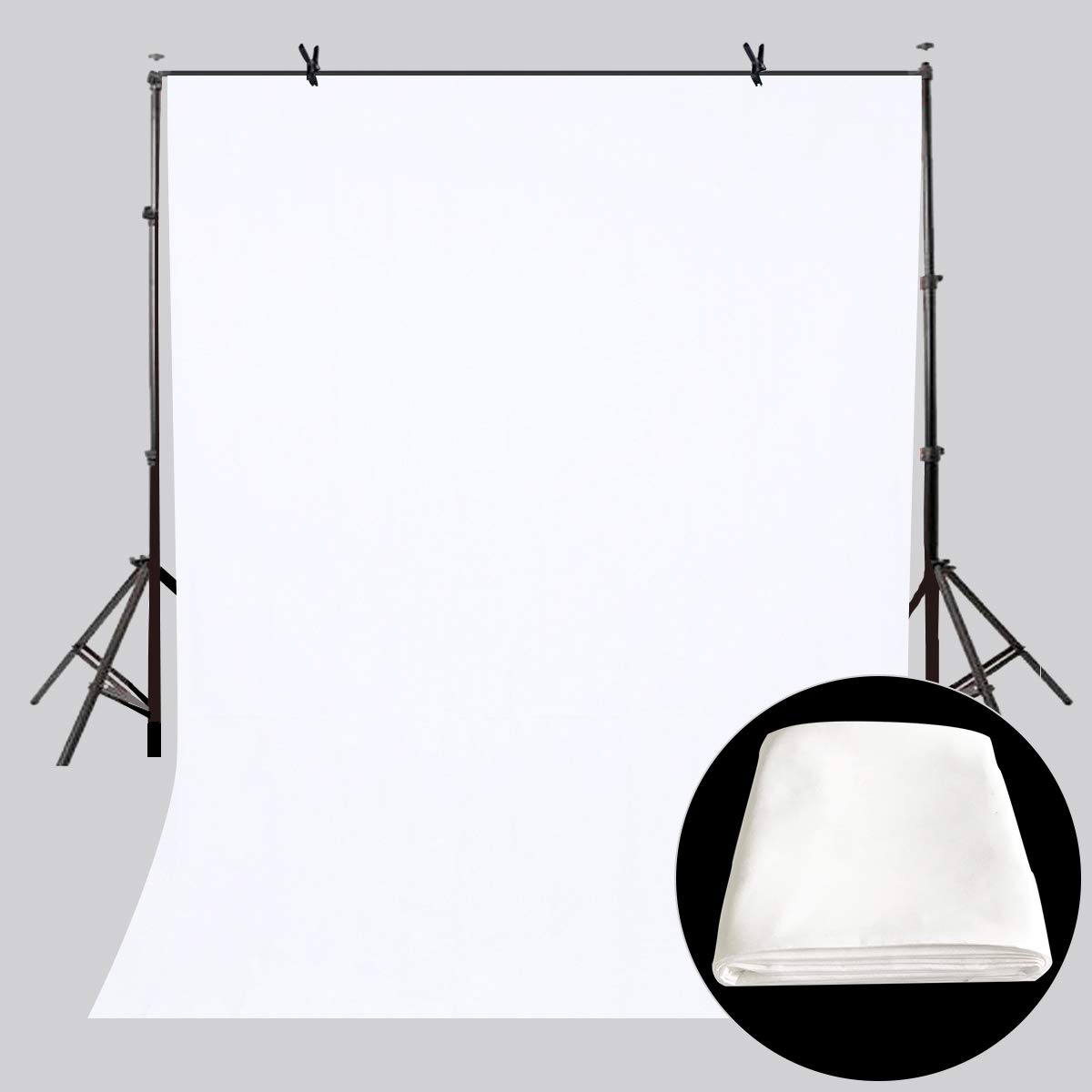In my experience, diagnosing issues with a pure white screen in HD can be a frustrating task that requires 24 hours of attention.
Uses in Photography and Videography

Photography and videography professionals can utilize a pure white screen to diagnose various issues with their equipment and images. By displaying a completely white image on the screen, any defects or abnormalities such as dead pixels, color inaccuracies, or dust particles can be easily identified.
This technique is especially useful when checking for defects in a camera sensor or computer monitor. By examining the white screen closely, photographers and videographers can pinpoint any areas that need adjustment or cleaning.
Additionally, a pure white screen can be used for color grading purposes, ensuring that images and videos have accurate and consistent colors. It can also be helpful when calibrating monitors or cameras to achieve the desired color reproduction.
Enhancing Digital Cleanliness and Maintenance
- Regularly clean the screen and keyboard with a soft, lint-free cloth and electronic-friendly cleaner.
- Turn off the device before cleaning to prevent any damage.
- Gently wipe the screen and keyboard to remove any dust or smudges.
- Avoid using harsh chemicals or abrasive materials that could scratch the screen.
- Organize digital files and folders to improve system performance.
- Delete unnecessary files and programs to free up storage space.
- Organize files into folders for easy access and better organization.
- Run disk cleanup and defragmentation tools to optimize system performance.
- Update software and drivers regularly to ensure optimal performance.
- Check for updates for operating system, security software, and other programs.
- Download and install updates to fix bugs and improve functionality.
- Update device drivers to ensure compatibility and performance.
Diagnostic Tool for Display Issues
If you are experiencing display issues with a pure white screen, there is a diagnostic tool that can help pinpoint the problem. First, check for any visible defects on the screen, such as dead pixels or discoloration. Next, try adjusting the brightness and contrast settings to see if that resolves the issue. If the problem persists, try connecting the monitor to a different computer to rule out any hardware issues.
It is also recommended to test the display with different images or videos to see if the problem is consistent across different content. Additionally, consider checking the connection cables and ports for any loose connections or damage. If all else fails, contacting technical support for further assistance may be necessary.
Lighting Solutions for Various Needs
For computer monitors and color grading, it is essential to have proper lighting solutions in place. Using a light-emitting diode (LED) lightbox or diffuser can help create consistent and accurate colors on screen.
When diagnosing issues with a pure white screen, check for any defective pixels or inconsistencies in lighting. Adjust the positioning of your lights or switch to a different light source to eliminate any unwanted shadows or glares.
For photographers, videographers, or graphic designers working with images and videos, having the right lighting setup is crucial for capturing high-quality content. Consider using a graphics tablet or webcam with built-in lighting features for better results.
Whether you are working on animations, illustrations, or makeup tutorials, proper lighting can enhance the overall look of your work. Experiment with different angles, intensities, and diffusers to achieve the desired effect.
Educational and Concentration Aids

Consider using a lightbox or diffuser to enhance visibility and clarity when examining the screen. Concentration aids like a flip book or canvas can help you focus on specific areas of the screen for extended periods.
If you suspect a defective pixel, use a camera or photograph to capture the issue for further analysis.
Understanding and Features Overview

| Understanding and Features Overview | |
|---|---|
| Article Title | Pure White Screen Diagnosing Issues HD Page 24 Hours |
| Understanding | This article provides an in-depth analysis of the causes and solutions for a pure white screen issue on high-definition displays. It offers troubleshooting tips and guidance on resolving the problem within 24 hours. |
| Features Overview | – Identification of the pure white screen problem on HD displays – Common causes of the issue – Step-by-step troubleshooting guide – Quick fixes and solutions to resolve the problem within 24 hours |
Frequently Asked Questions (FAQ)
Q: Why is my screen showing a pure white color?
A: This could be due to a software glitch, a faulty graphics card, or a loose connection.
If it’s a software issue, try restarting your computer or updating your graphics drivers.
If the problem persists, it may be a hardware issue that requires professional help.
Q: How do I diagnose if my screen has a defective pixel?
A: You can use online tools or apps to check for dead or stuck pixels.
Display a solid color on your screen and inspect it closely for abnormalities.
If you identify a defective pixel, contact the manufacturer for a possible replacement.
Q: Can I fix a pure white screen issue on my own?
A: In some cases, you may be able to resolve the issue by adjusting display settings or reconnecting cables.
If the problem persists, seek assistance from a professional technician to avoid causing further damage.
